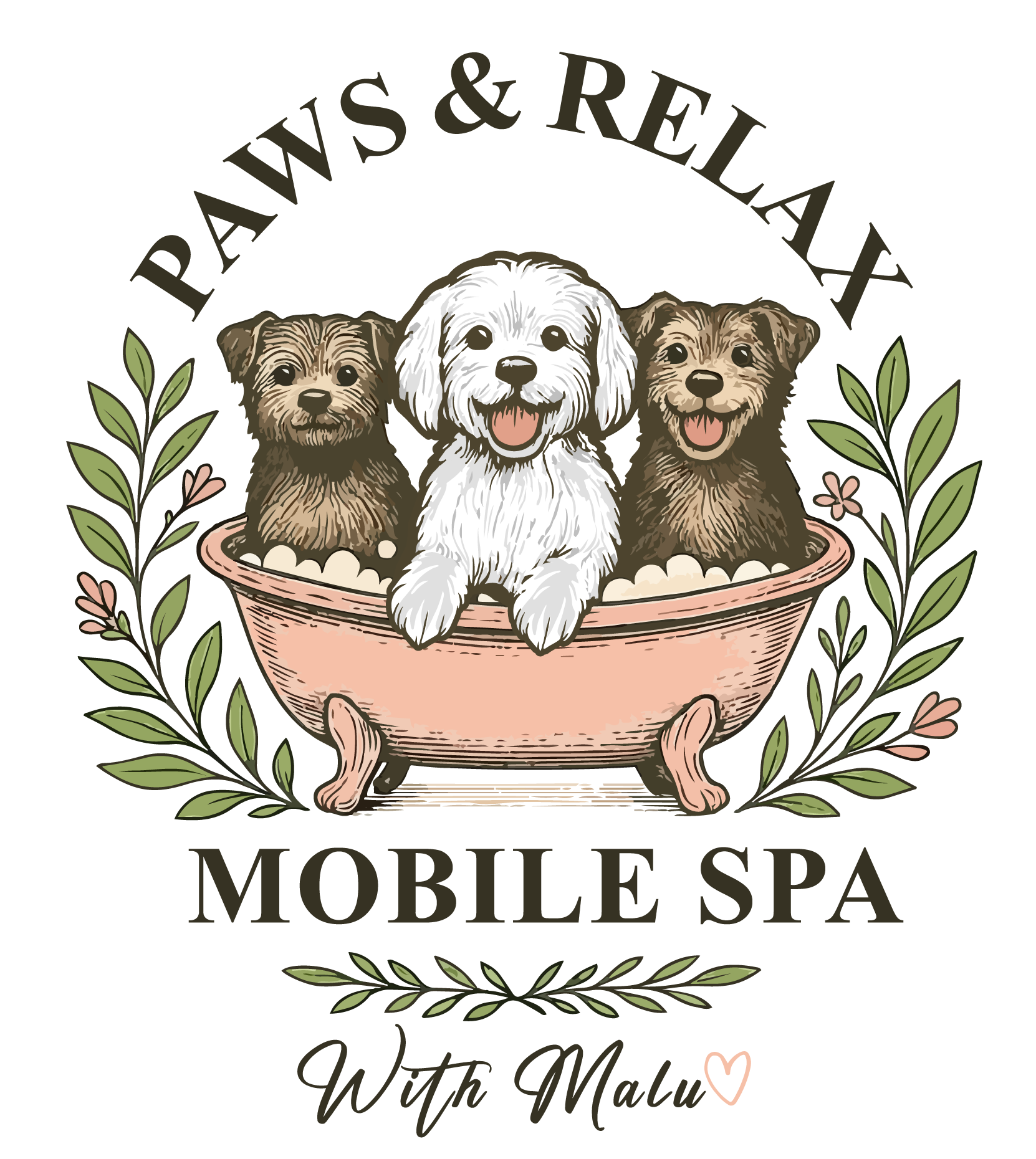The sleek, glossy coat, free from tangles, is not only pretty to look at. It makes your pet feel good too and remain healthy. The primary method of removing dirt and distributing their natural oils, as well as preventing painful knots or mats, is brushing. However, many individuals do not understand how frequently or how to brush their pet’s fur. Your furry friend may have short, soft fur or a long, fluffy coat, but regardless of the fur length, use this easy guide and you will be able to brush your furry friend with confidence and care.
Silky fur that is short
Start with a rubber curry brush or slicker brush to remove loose hairs and stimulate the skin.
- Work in circular motions against the direction of hair growth, then smooth down with the grain of the hair.
- Follow with a bristle brush to distribute natural oils and add shine.
- Focus on areas where dirt tends to accumulate, such as the chest, legs, and underbelly.
Long and fluffy coat
- Apply a soft long angled-bristle brush and apply long and gentle strokes on the coat.
- Rotate the brush to ensure that the bristles are pointing away and brush once more lightly.
- Check your work by running a metal comb over the areas you are brushing to ensure there are no tangles/knots left behind.
- Repeat until the comb runs smoothly through the coat without any resistance.
Why Brushing Matters More Than You Think
It is important to brush your pet. It maintains a healthy skin, prevents mats and fosters trust between you and your pet. Mats are clumps of fur that are tangled; they pull, cause sores, trap bacteria, and even restrict movement when not treated. Brushing assists in:between you and your pet. Mats, or tangled clumps of fur, can pull on the skin, cause sores, trap bacteria, and even limit movement if left untreated. Brushing helps:
- Prevent tangles before they form
- Distribute healthy oils for a shiny coat
- Reduce excess shedding around your home
- Detect fleas, ticks, or skin issues early
- Strengthen the bond between you and your pet
Know Your Pet’s Coat Type
Different coat types need different tools and routines:
- Smooth/Short Coats (Boxers, Beagles, Pit Bulls)
Use a rubber curry brush or bristle brush 1-2 times per week. These coats shed consistently year-round.
- Double Coats (Golden Retrievers, German Shepherds, Huskies)
Require daily brushing during shedding seasons with an undercoat rake and slicker brush. Use a metal comb to check for undercoat mats.
- Long Single Coats (Yorkies, Afghan Hounds)
Daily brushing with a pin brush and metal comb. Work in sections using line brushing technique to prevent breakage.
- Curly/Woolly Coats (Poodles, Bichons, Doodles)
Daily brushing is mandatory with a slicker brush followed by a metal comb. These coats mat within 24-48 hours without proper maintenance.
- Wire/Broken Coats (Jack Russells, Wire Fox Terriers)
Weekly brushing with a slicker brush and periodic hand-stripping to maintain coat texture.
Brushing Tips to Avoid Knots and Mats
Start at the Bottom, Work Up
Begin at your pet’s legs or belly and slowly work your way up. This helps you control tension and prevents yanking on tangled areas.
Brush in Sections
Divide the coat into small, manageable areas. Use one hand to hold the skin gently while the other hand brushes.
Use the Right Tools
Invest in a slicker brush, a comb, and a dematting tool if your pet is prone to tangles. Never use scissors to cut out mats because this can lead to injury.
Don’t Forget the Hidden Spots
Behind the ears, under the armpits, and around the collar are common “mat zones.” Pay special attention here, even if the rest of the coat looks fine.
Be Patient & Gentle
Turn brushing into a calm routine. Offer treats and speak softly. If your pet associates brushing with positive attention, they’ll tolerate it more easily.
What to Do If Your Pet Is Already Matted
If your pet has severe matting, brushing may not be enough—and attempting to detangle tight mats at home could cause pain or skin damage. In these cases, it’s best to consult a professional groomer (like us at Paws & Relax With Malu LLC) who can safely remove the mats using appropriate tools and techniques.
We never rush or stress pets. Instead, we work patiently and gently to restore their coat without compromising comfort.
Brushing Between Grooming Appointments
Daily or weekly brushing is one of the best things you can do between grooming sessions. It helps extend the results of a professional grooming session and keeps your pet looking and feeling its best. Additionally, it provides an opportunity to detect lumps, bumps, or skin issues early on.
Final Thoughts
A tangle-free coat is a happy, healthy coat. By brushing regularly and using the right tools for your pet’s coat type, you’ll not only prevent matting but also enjoy quality time with your best friend. And when you’re ready for a full grooming experience, Paws & Relax With Malu LLC is just a call or a doorstep away.
